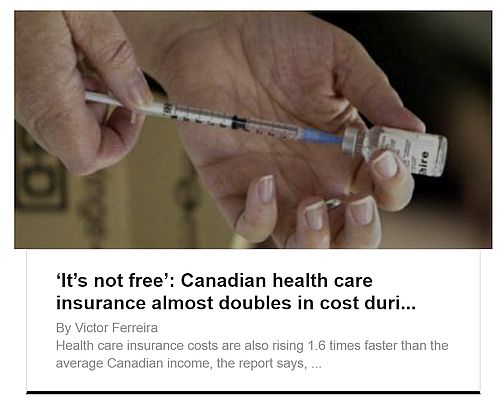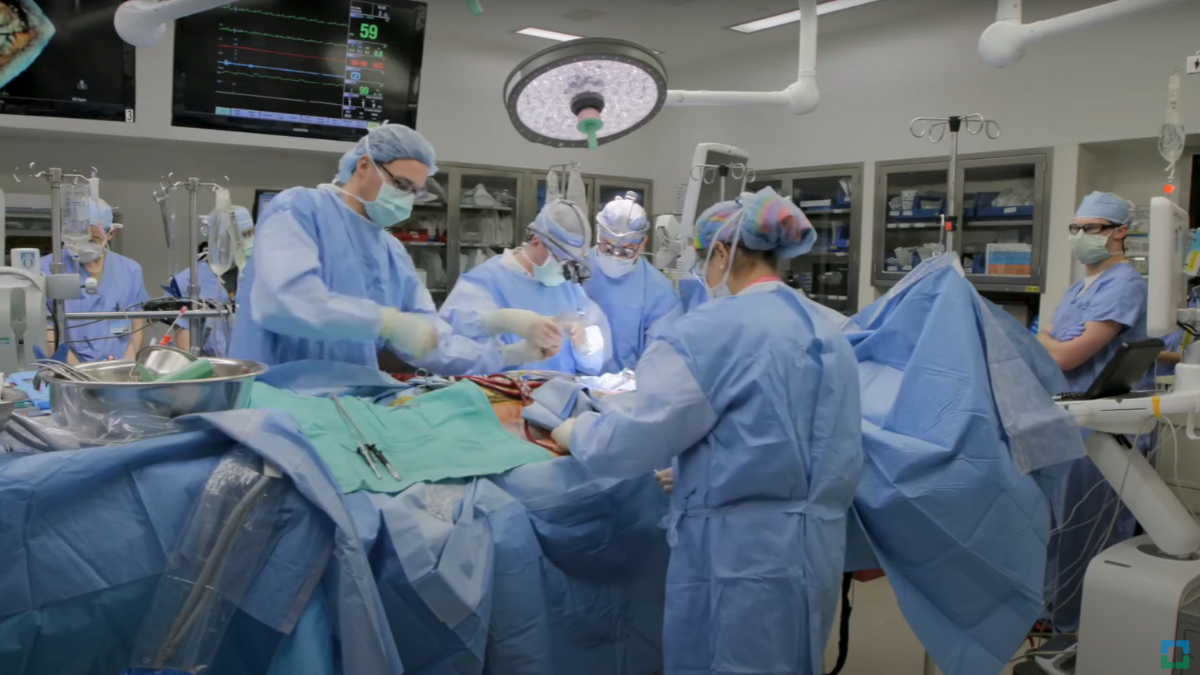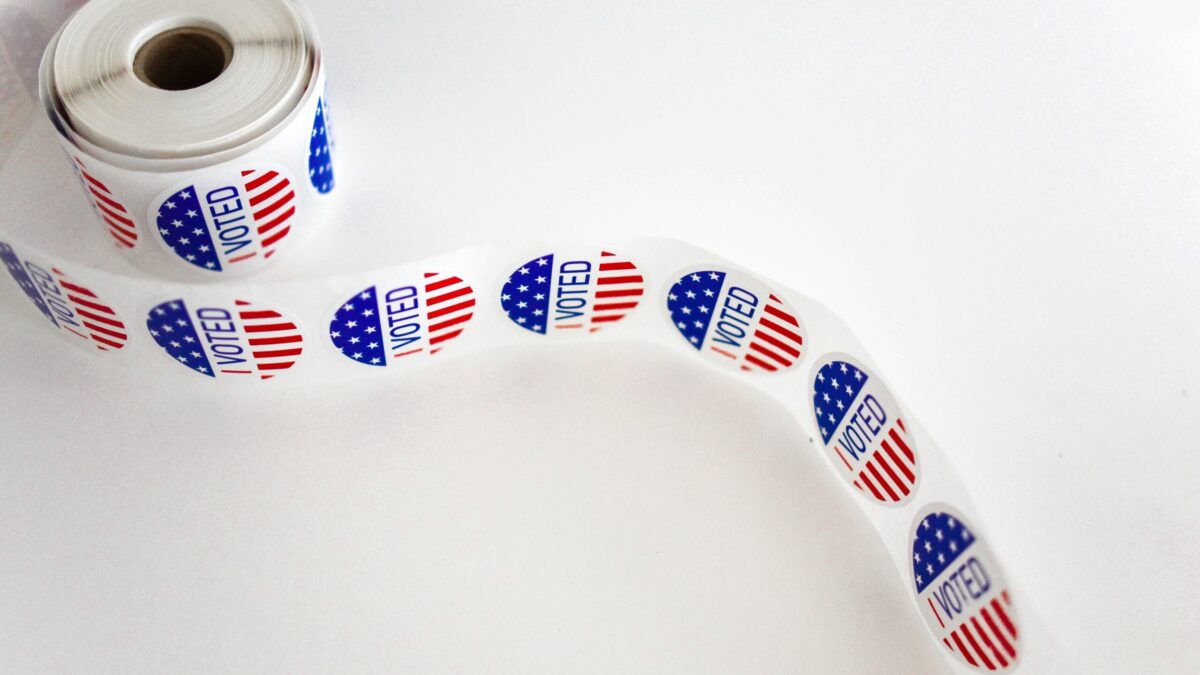Recently, a photo of a family’s hospital bill went viral, after the father highlighted what he felt was an outrageous charge. Following the delivery of his son by C-section, Ryan Grassley and his wife asked for skin-to-skin contact in the operating room.

Their request was honored, at the cost of $40. The Internet exploded in indignation, until a Canadian doula came to the hospital’s rescue and pointed out the charge was no doubt there because the mother’s request required extra staff. In a Facebook post that has also gone viral, Meaghan Grant wrote:
During a caesarean, many people become shaky, nauseous, uncomfortable, even faint. These are normal physiological reactions. In order to facilitate skin to skin in the OR, an extra nurse needs to be available to assist. And before people scream that ‘there’s a nurse for the baby,’ there is, but that nurse has other responsibilities in the OR. They aren’t either holding the baby or twiddling their thumbs. So yes, an extra nurse is needed.
She also pointed out that it was admirable the hospital honored the mother’s request, simply because it can be logistically difficult to arrange. With that, she reminded people of a fact that is so blindingly obvious and yet so often forgotten in this day and age: health care costs money.
Doctors, nurses, support staff—they don’t work for free, and there is no reason they should. Health-care facilities require things such as electricity and maintenance. All of this money must come from somewhere.
Grant’s post prompted much applause among labor and delivery nurses and doulas, many of whom found her post validating. “I’m a highly-educated professional with fifteen years of experience. Nursing is a profession, not a volunteer gig,” wrote one in response. However, it fell flat among those who believe they get their medical treatment for free.
“The whole idea of thinking about how much anything costs during a life changing medical procedure (or any medical procedure) is just insane to most people outside of the U.S.,” wrote one Swedish mother.

While it may be pleasant never to receive an aneurysm-causing bill for services rendered, if these people knew what they were actually paying for their health care, they might drop the smug routine and start getting ticked.
That’s because, while their governments may release figures on what each procedure costs, those are mere budget estimates. There is no way a six-hour labor without complications could cost as much as a 24-hour labor with interventions. Also, what these procedures cost and what people pay are two different things.
Countries such as Canada and Great Britain don’t have one specific tax dedicated to funding their health-care systems. They pull the money from various sources, including regressive sales taxes that inflate the cost of living. This means residents have only a general estimate of what they are paying into the system, and this amount has nothing to do with what they get back in services.

Whether Grant’s well-made point ever gets through to people who still believe their doctors and nurses are paid by the Health Care Fairy remains to be seen. What it should do is serve as a reminder that fee-for-service medicine isn’t the problem.









